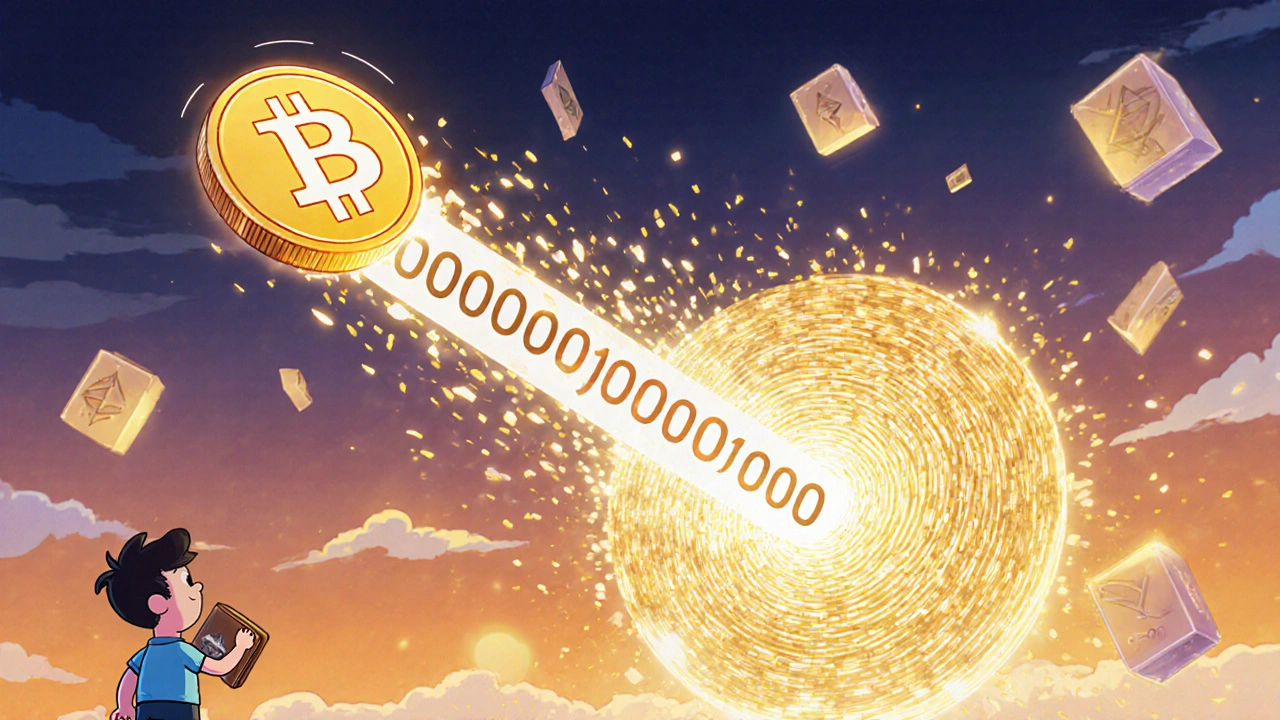Cryptocurrency Supply: How Token Limits Shape Digital Money and Market Value
When you hear people talk about cryptocurrency supply, the total number of coins or tokens that exist or will ever exist in a blockchain network. Also known as tokenomics, it’s not just a number—it’s the backbone of value, scarcity, and trust in digital money. Unlike printed dollars, most cryptocurrencies have rules baked into their code that control how many can ever be created. Some, like Bitcoin, cap supply at 21 million. Others, like Ethereum, started with no hard limit but now have mechanisms that burn tokens to reduce supply over time. This isn’t guesswork—it’s economics built into software.
There are three key types of supply you need to know: circulating supply, the number of coins currently available and in active use by the public, total supply, all coins that have been mined or issued, including those locked up or held by developers, and max supply, the absolute maximum number of coins that will ever exist. These numbers change differently across projects. Bitcoin’s max supply is fixed. Dogecoin has no max supply, which makes its long-term value harder to predict. Ethereum’s supply is shrinking thanks to EIP-1559, which burns a portion of every transaction fee. That’s why two coins with the same price can have wildly different market behaviors—because their supply rules aren’t the same.
Why does this matter to you? If a coin has a low circulating supply but high demand, its price can spike fast. If a project keeps printing new tokens without limits, inflation kicks in and the value per coin drops. You’ve seen this with meme coins that explode then crash—often because their supply wasn’t controlled. The best crypto projects don’t just hype their tech—they explain their supply model clearly. That’s why you’ll find deep dives here on how Bitcoin’s halving events reshape markets, how token burns affect Ethereum’s scarcity, and why some blockchains choose infinite supply for different goals. Whether you’re holding, trading, or just curious, understanding supply isn’t optional—it’s the first step to seeing past the noise and into what really moves digital assets.
Crypto burning reduces token supply by sending coins to an inaccessible address. This increases scarcity and can boost value. Learn how it works, why projects do it, and which burns actually matter.
View More

